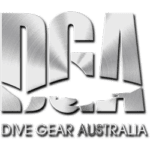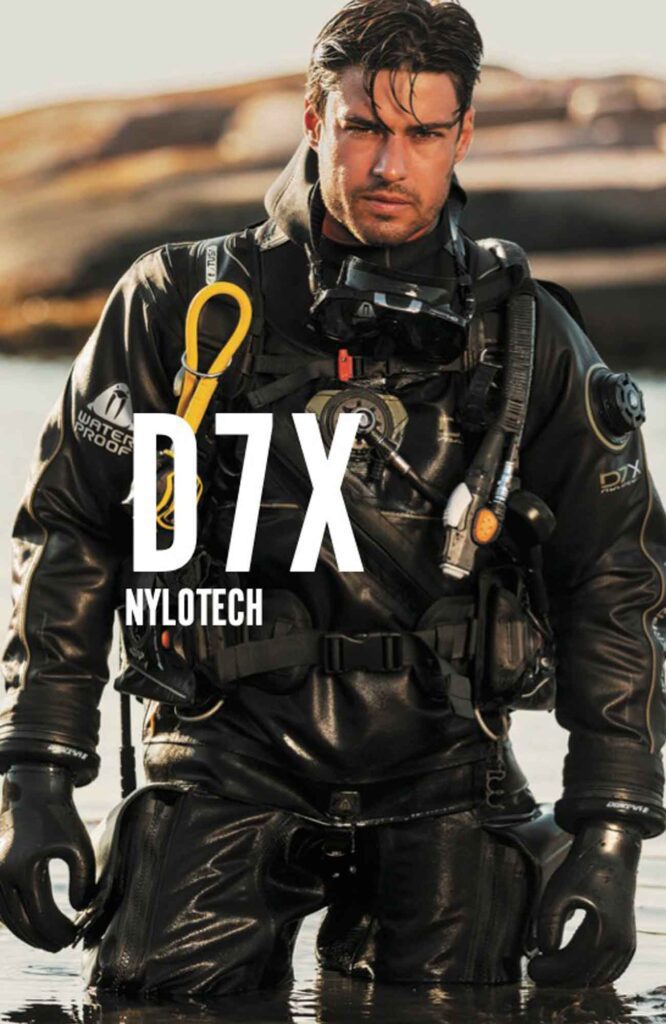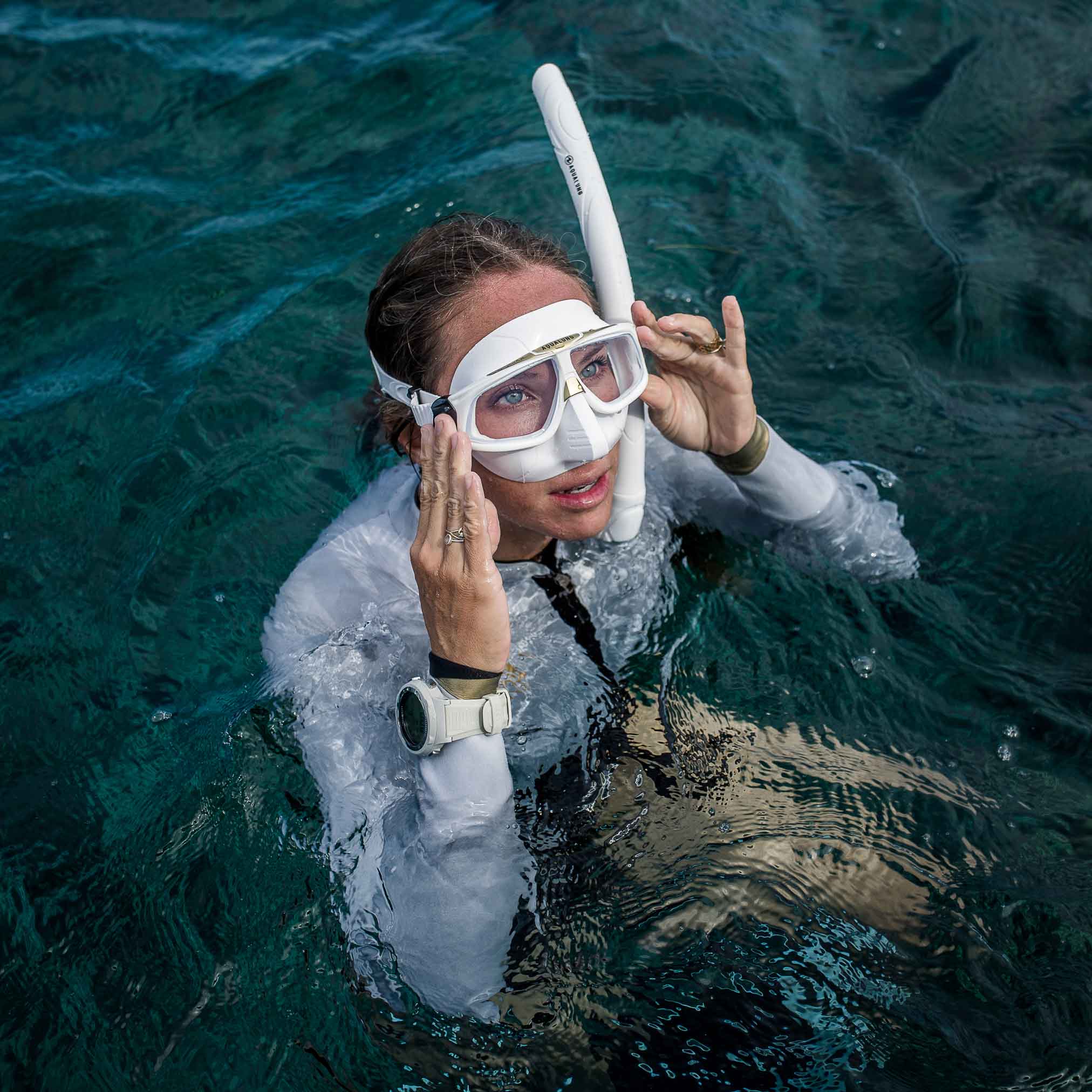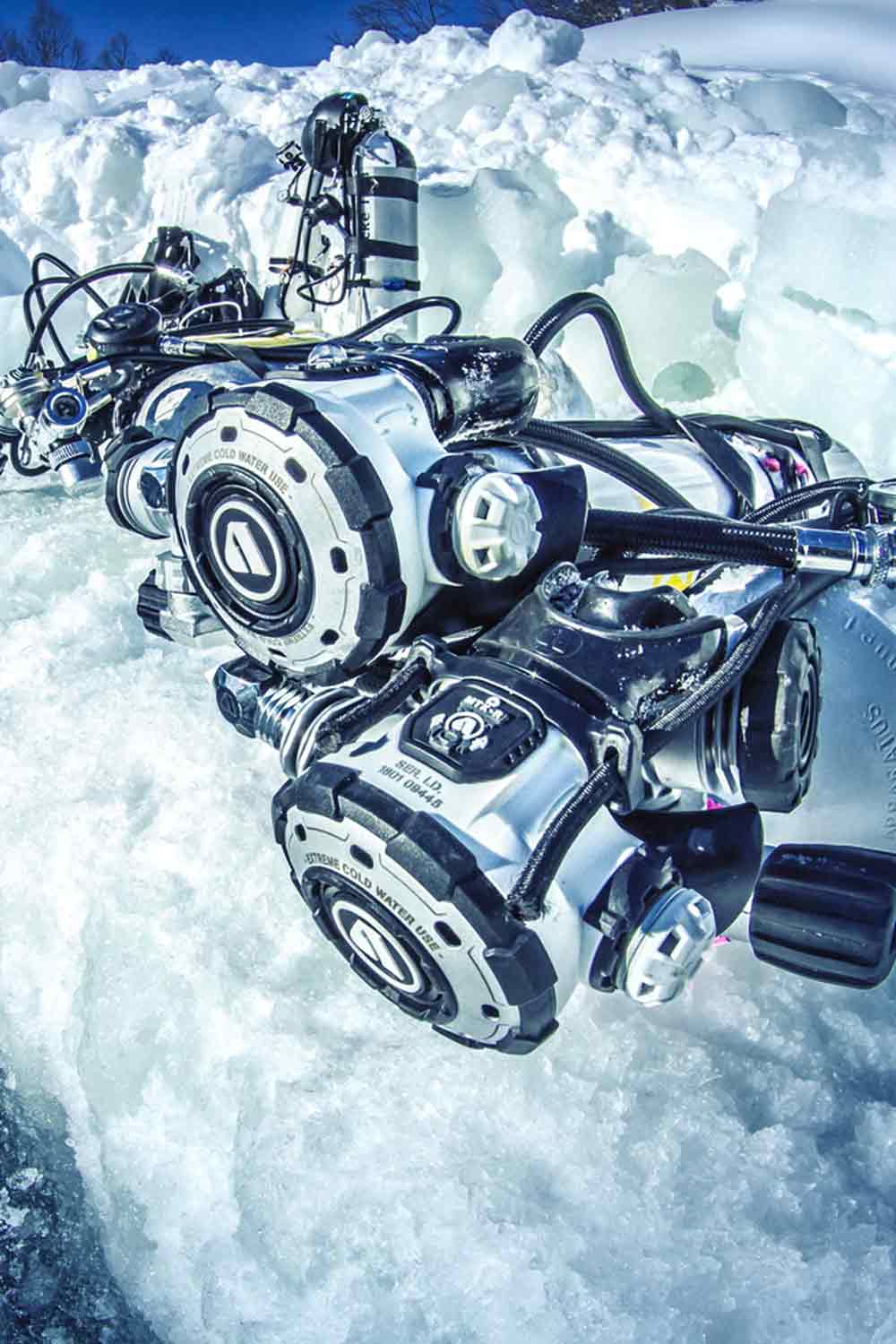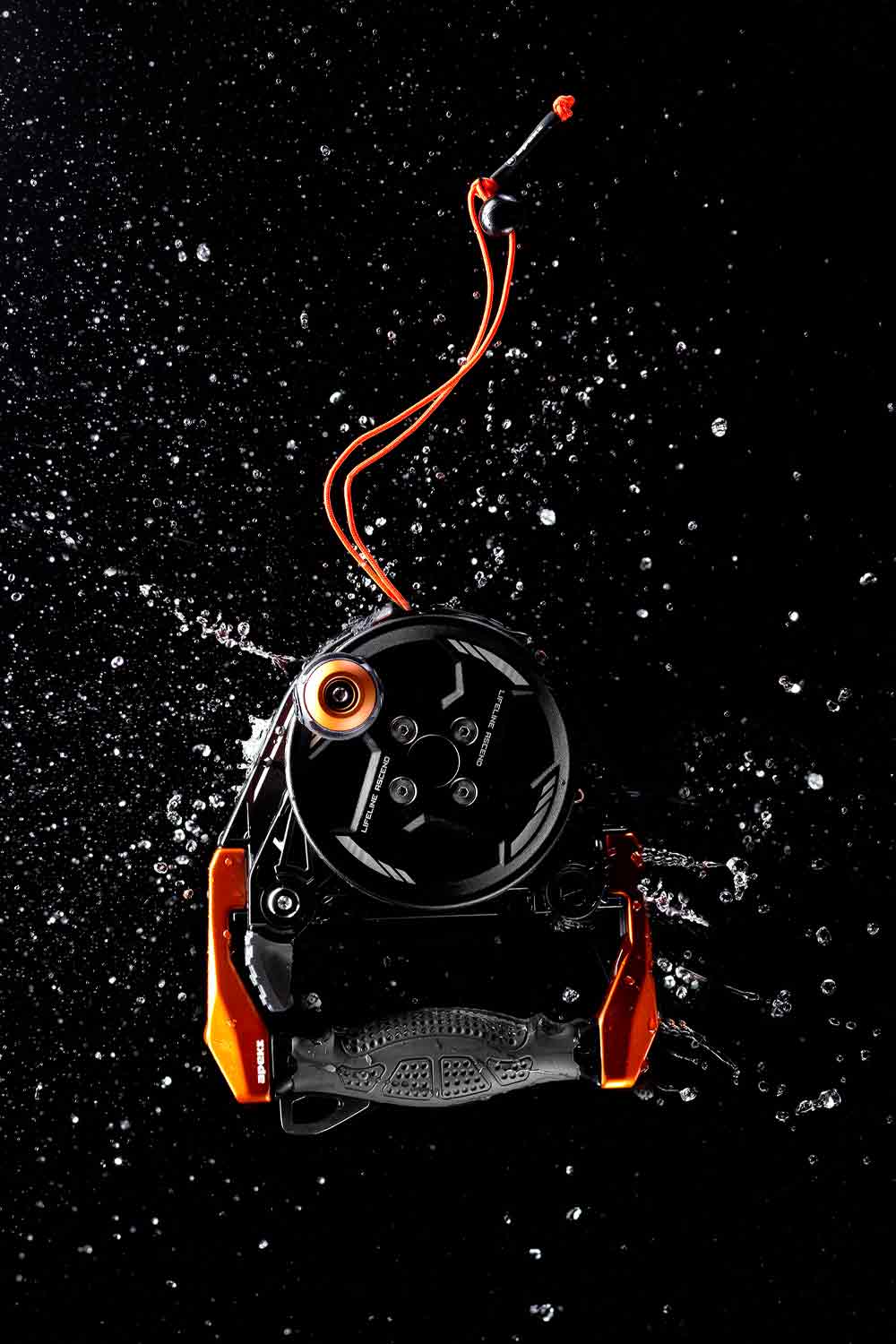-
×
 Scuba Diving Multi-Purpose Hanger
1 × $25.00
Scuba Diving Multi-Purpose Hanger
1 × $25.00
Gear Care & Maintenance, Tips and Tricks
Types of Scuba Diving O-rings
About the Different Types of O-rings
O-rings can be made of a very long list of exotic materials; most are inappropriate for SCUBA DIVING applications.
The materials commonly used in SCUBA applications appear in the following table.
Acrylonitrile-Butadiene Copolymers (NBR or Nitrile)
Most o-rings used in SCUBA are manufactured from Nitrile, a hydrocarbon-based synthetic
rubber. Nitrile offers excellent resistance to many oils and acids and has good physical
properties. However, Nitrile is not a very oxygen resistant material and is not considered
oxygen compatible. Nitrile is also often referred to as Buna-N.
Fluorocarbon Elastomers (FKM)
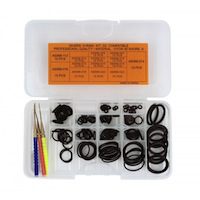
O-rings made of FKM have been the preferred choice for oxygen and nitrox compatibility
in SCUBA diving applications. FKM is an elastomer with excellent oil and oxygen resistance at high and low temperatures, excellent chemical resistance.
Even for use with ordinary air, most experts agree that FKM O-rings outperform common Nitrile a-rings.
Viton is DuPont Performance Elastomer’S brand name for FKM.
Polyurethane (PUR)
The milky white a-rings are occasionally seen in the face of K-valves sometimes called a 10,000 psi O-ring, is made of Polyurethane. Polyurethane is very abrasion-resistant, but it is sensitive to UV light (sunlight).
Ethylene Propylene Diene Monomer (EPDM)
EPDM O-rings are becoming more common in SCUBA because some people feel it’s a safer material for use in breathing air systems.
EPDM is an elastomer with excellent weather ability, heat resistance, dielectric qualities and odour-free characteristics.
However, EPDM is less resilient and is not recommended for use with petroleum derivatives.
Viton Brand FKM
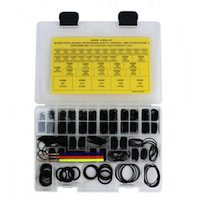
Viton is DuPont Performance Elastomer’s brand name for fluorocarbon-based elastomers (FKM).
The Viton O-rings sold at Dive Rite Express are 100% virgin Viton family type “A.” However, DuPont Performance Elastomers is not the only company that manufactures FKM products.
Bear in mind that not all FKMs are equivalent, and there are even different types of Viton o-rings intended for various applications. Many people incorrectly refer to any FKM o-rings or even generic “oxygen-compatible.”
o-rings as Viton. As a result, you could end up with a-rings that are not the type of Viton you need, let alone a Viton o-ring at
all. Products not made from Viton may fall short of the expected performance.
Hardness
O-rings usually are available with a hardness rating, as measured by an ASTM type-A durometer, of 70 (the “soft” kind) or more rarely a rating of 90 (the “stiff” kind). The o-rings sold on this page are 90-Duro (except for the -003 SPG a-ring), and well suited for the SCUBA applications we describe.
The soft o-rings are appropriate for dynamic applications where the o-ring is providing a seal with a continually moving part, such as inside regulators.
The stiff a-rings are more durable in static applications where the a-ring is providing a seal with stationary or occasionally moving parts, such as a valve.
Colour
O-rings are available in nearly any colour, although most commonly seen in black. The Viton o-rings sold on this page are brown, to make them easily distinguishable from Nitrile o-rings which are usually black
and EPDM o-rings which are often purple. Some people believe there is a difference in quality based on colour, but that is more likely attributed to unknowingly using soft dynamic o-rings in static applications.
Our o-ring Manufacturer states there is little difference in quality for a-rings based on colour alone, and independent testing supports that statement.
Some people also incorrectly believe a Viton o-ring can be distinguished from a Nitrile o-ring by the surface appearance. Nitrile a-rings are said to have a shiny surface, and Viton a-rings are said to have a matte surface, this is not a reliable indicator, and undoubtedly not right if the O-ring has been lubricated.
OEM-Supplied O-Rings
Designers of SCUBA equipment often specify a-rings with unique properties and materials for specific uses inside their equipment, particularly regulator internal o-rings.
Substituting any other o-ring just because it’s the right size can cause difficult to diagnose problems and degrade performance.
